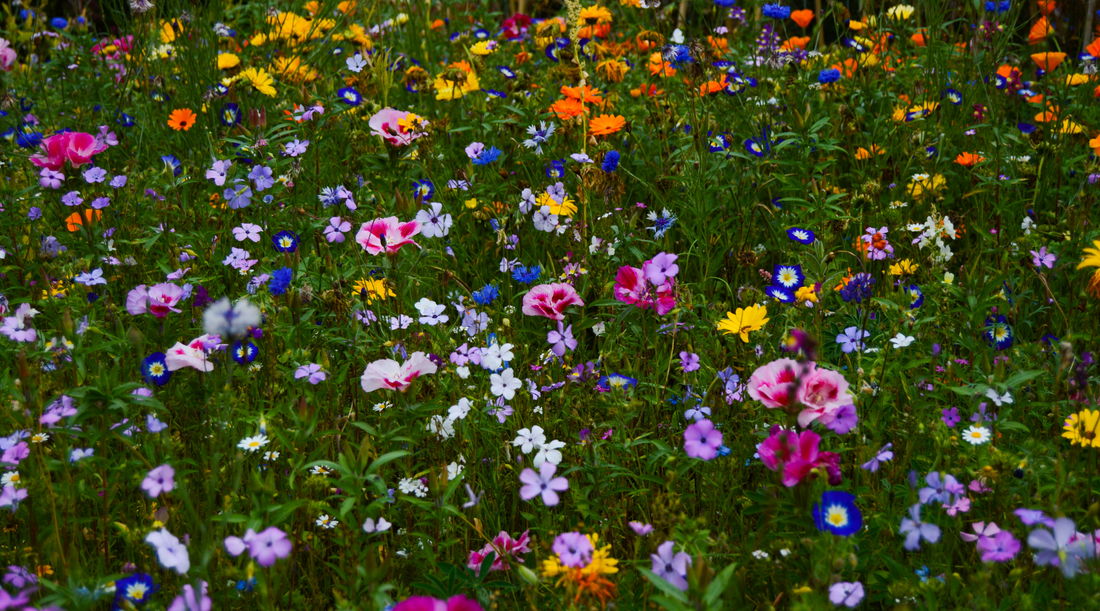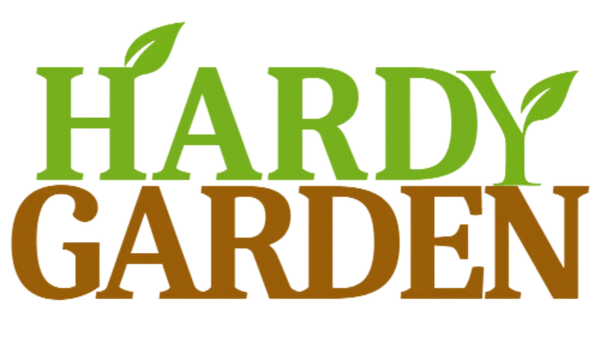
How to Enhance Beauty and Attract Wildlife with Native Plants
In a world where sustainable practices are becoming increasingly crucial, planting native plants in your garden can have a remarkable impact. Native plants are the unsung heroes of landscapes, offering many benefits for the environment, wildlife and gardeners alike. So, why should you consider focusing on these local beauties when designing your outdoor haven?
What are Native Plants?
Native plants are species of flora that have naturally evolved and developed in a particular geographic region over an extended period without human intervention. These plants have adapted to the specific climate, soil, and environmental conditions of their native habitat. They are an integral part of the local ecosystem, crucial in supporting biodiversity and providing food and habitat for native wildlife. These essential plant species provide nectar, pollen, and seeds that serve as food for native butterflies, insects, birds, and other animals.
The conservation and promotion of native plants are essential for preserving an area's natural heritage and fostering sustainable gardening and landscaping practices. By incorporating native plants into gardens, parks, and landscapes, individuals can contribute to preserving local ecosystems, supporting pollinators and wildlife, and creating visually captivating and ecologically meaningful outdoor spaces.

Why Choose Native Plants
Low Maintenance Requirements:
Unlike some non-native plants, native species are well-suited to the local environment and soils, making them hardy and low maintenance. This means less effort spent on fertilizers, water, pesticides, pruning, and reducing environmental strain.
Adaptation to Local Climate:
Native plants have evolved to thrive in specific climates, habitat and soil conditions. This means they are better equipped to handle the local weather patterns and require less maintenance overall.
Long-Term Sustainability
Native plants promote sustainability by reducing the need for synthetic fertilizers and pesticides. They naturally resist many pests and diseases due to their co-evolution with local insects. By cultivating native plants, you're building landscapes that withstand various challenges.
Attracting Native Wildlife
One of the remarkable benefits of native plants is their role in supporting local ecosystems. By planting native, you provide a vital habitat and food source for local wildlife, pollinators or and birds, fostering a rich and diverse ecosystem. Imagine the joy of watching butterflies flutter and birds chirp in your garden, contributing to a thriving, balanced ecosystem.
Supporting Local Ecosystems:
Exotic plants can disrupt the delicate balance of local ecosystems by outcompeting native species. Planting natives helps maintain the web resources of life that has developed over centuries.
Enhancing Natural Beauty:
Imagine taking photos of your beautiful backyard. Native plants thrive in your specific region. They create a harmonious, authentic look that blends seamlessly with the local landscape. Their colors, shapes, and textures resonate with the surrounding environment, making a naturally beautiful garden.
Selecting the Right Native Plants

Before diving into your native plant gardening journey, conducting thorough research is essential. Identify and explore which native species flourish in your region and climate. Don't forget to consider your garden's unique conditions – factors like sunlight availability, soil type, and moisture levels.
Native plants come in stunning colors, shapes, and sizes. This means creating a diverse and visually appealing garden while maintaining an authentic connection to your local environment.
The Most Popular Native Plant Species
Among the various native plant species, several are perennial favorites cherished for their beauty, ecological importance, and adaptability.
Purple Coneflower
They hold a special place with their vibrant purple-pink petals that add a splash of color to gardens when they bloom and attract pollinators like bees and moths.
Black-Eyed Susan
It boasts golden-yellow petals and a dark central cone, making it a beacon for pollinators and birds. It is ideal time to plant from mid-spring to early summer, typically from April to June, depending on your local climate and growing zone.
Switchgrass
An ornamental grass offers aesthetic appeal and functional erosion control.
Eastern Red Columbine
It thrives in shaded woodland areas, captivating with its red and yellow blooms.
Wild Bergamot
It fills the air with its pleasant aroma and attracts bees and butterflies, including the majestic monarchs.
These are just a few that contribute to the natural balance and host plants for many wildlife. Moreover, they elevate the beauty of gardens, demonstrating the intrinsic value of planting native
Preparing the Native Plants Garden
Consider the amount of sunlight each plant will receive throughout the day and how often they'll need watering. Native plants are adapted to their surroundings, but providing adequate food and water during the establishment on the ground is crucial. Proper spacing and arrangement are critical, as these plants will grow naturally to their intended size.
Designing with Native Plants

Designing a garden with native plants doesn't mean sacrificing aesthetics. On the contrary, it allows for creative expression while honoring the local environment. Blend native plants with your existing landscape, create focal points, and use their unique beauty to enhance your outdoor space. There are several resources online where you can get ideas on how to design with native plants.
How To Take Care of Your Native Plants?
While native plants are more low-maintenance than exotic counterparts, they still require care. Water new plants regularly, especially during dry spells. Applying mulch around the base of the plants helps retain moisture and suppress weeds. Remember to prune and deadhead as needed to encourage healthy growth.
Community and Educational Initiatives
Communities are embracing the importance of native plants. Look for local workshops, native plant societies and conservation projects that can provide valuable insights and resources. By joining these initiatives, you become part of a movement to preserve and restore the natural beauty and resources of your region.
Conclusion
Native plant gardening is an effective strategy to improve the quality of your local ecosystem. Native plants have a number of advantages, from their low maintenance needs to their crucial role in maintaining local animals. So, when planning and tending your garden, consider the aesthetic and economic advantages native plants can provide.
Stay tuned for more informative articles in different states.
